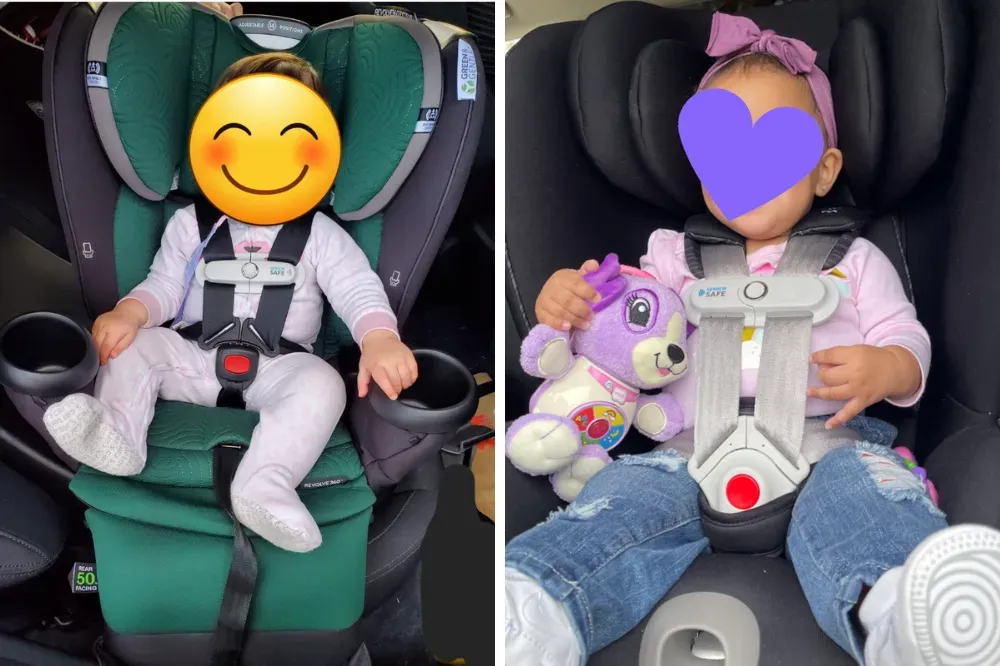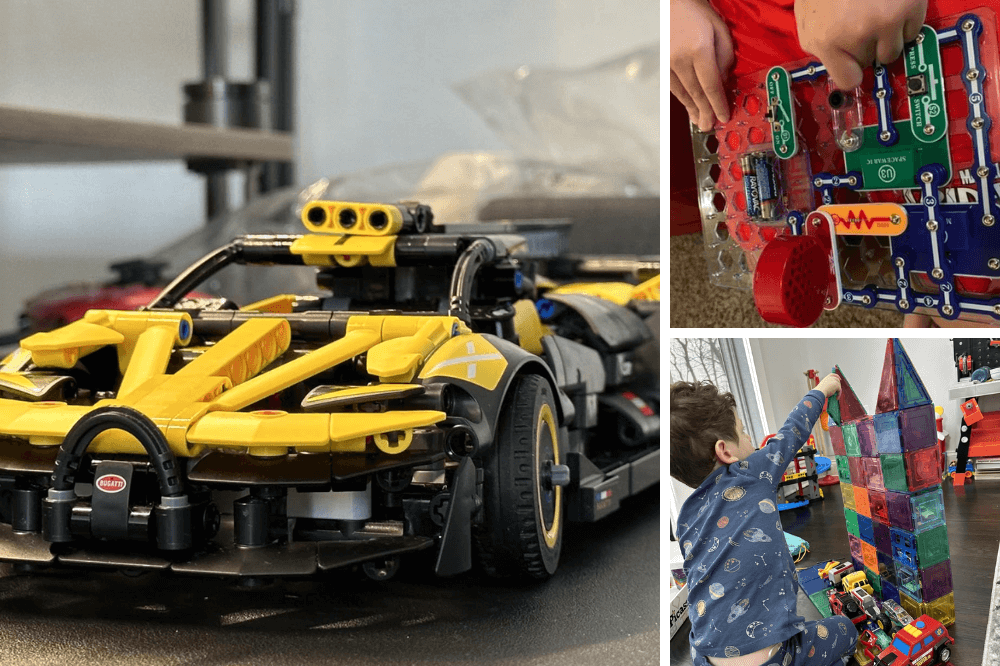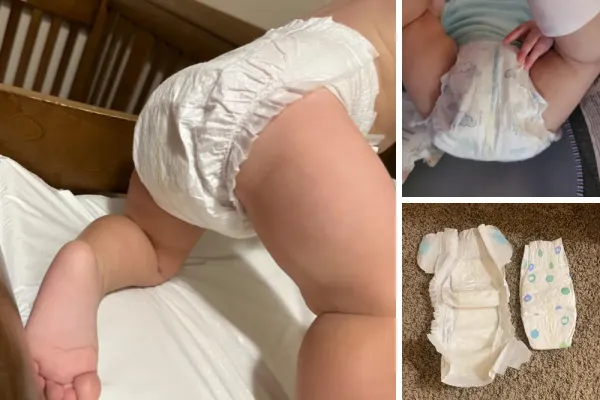Key Takeaways:
- Understanding the importance of proper car seat usage and installation can significantly reduce the risk of injury or death for children in vehicles.
- Car child care involves more than just using a car seat; it encompasses choosing the right seat, knowing the regulations, and being aware of the dangers of improper use.
- Regularly consulting with child passenger safety technicians and staying updated with the latest safety recommendations can help keep children safe during every ride.
Ensuring the safety of our children while they are passengers in vehicles is a responsibility that cannot be taken lightly. With road accidents being one of the leading causes of injury and death among children, car child care becomes a critical topic for every parent, caregiver, and adult who transports children.
This comprehensive guide will delve into the various aspects of keeping children safe in cars, from selecting the right car seats to understanding the importance of proper installation and usage.
The Essentials of Car Seats
When it comes to transporting children, the first line of defense is a properly chosen and installed car seat. Car seats are designed to protect infants, toddlers, and preschoolers from serious injury in the event of a crash.
However, the effectiveness of these seats depends largely on whether they are installed correctly and if they are the right fit for the child's age, weight, and height.
Parents and caregivers should be aware that there are different types of car seats—rear-facing, forward-facing, booster seats, and seat belts—each suitable for different stages of a child's development.
It's not just about putting a baby in a seat; it's about ensuring that the seat is approved, fits the child, and is used in the correct manner. Regularly visiting pages and resources that provide details on the latest market-approved seats can be invaluable.
The Role of Child Passenger Safety Technicians
Child passenger safety technicians are certified professionals who have been trained to understand all aspects of car child care. They are a valuable resource for parents and caregivers, offering guidance on selecting the right car seat, demonstrating how to install it properly, and ensuring that children are restrained correctly.
These technicians are often available through local child care programs, transportation centers, and safety events.
They can provide hands-on assistance and answer any questions about car seats, booster seats, and seat belts. By making contact with a local technician, adults can gain peace of mind knowing that they are doing everything possible to keep their children safe during every trip.
Understanding and Following Regulations
Car child care is not just a matter of good practice; it's also a matter of law. Regulations regarding the transportation of children in passenger vehicles vary by state and country, but most require that children be properly restrained in a car seat or booster seat until they are of a certain age or size.
It's crucial for drivers, teachers, and child care providers to be familiar with these regulations and to ensure that they are always followed.
Not only does this help in keeping children safe, but it also avoids the risk of fines or legal consequences for non-compliance. The back seat is often the safest place for children, and using the lap and shoulder belt correctly is essential once they graduate from booster seats.
The Importance of Choosing the Right Car Seat
When it comes to child care on the road, selecting the right car seat can be as crucial as the driver's attention to the road. With a myriad of options available, it's essential to choose a seat that fits your child's age, weight, and height.
For instance, infants require rear-facing car seats, which provide the necessary support for their delicate neck and spine. As they grow, transitioning to forward-facing seats and eventually to boosters ensures continued safety.
It's not just about buying a seat; it's about investing in a child care program that adapts to your child's developmental stages.
Moreover, proper installation is key. A visit to a child passenger safety technician can be invaluable, as they can teach you how to install the car seat correctly and verify that it's been done right.
Remember, even the best car seats are ineffective if not installed properly. Many local health departments and child care centers offer free car seat checks, so take advantage of these resources. By ensuring your car seat is correctly fitted, you're taking a significant step towards minimizing the risk of your child being killed or seriously injured in an accident.
The Myths and Facts About Car Seats
When it comes to car seats, there's a plethora of myths that can misguide parents and caregivers. For example, some believe that if a child is large enough, they can skip the booster seat stage and go straight to using seat belts.
However, the truth is that size isn't the only factor—age, weight, and height all play critical roles in determining the appropriate car seat stage for a child. It's essential to consult the car seat's manual and adhere to the manufacturer's recommendations to ensure the safety of your little ones while riding in the vehicle.
Another common misconception is that car seats can be installed in the front passenger seat as long as the airbag is turned off. This is a risky practice; the back seat, away from active airbags, is the safest place for children. Even with the airbag off, the front seat does not provide the same level of protection as the rear seats.
Always remember that the center of the back seat is statistically the safest spot in the car, and that's where the car seat should ideally be installed.
The Evolution of Car Seat Design
The journey of car seat design has been marked by significant advancements aimed at enhancing child safety. From the rudimentary models of the past to the sophisticated systems of today, car seats have evolved to meet the ever-changing safety standards and technological innovations.
Initially, car seats were more about keeping children contained rather than protected. However, as our understanding of vehicle dynamics and child physiology has grown, so has the design of car seats.
Modern examples of use showcase car seats equipped with side-impact protection, five-point harness systems, and energy-absorbing foam, all of which contribute to safeguarding children in the event of a collision.
In recent years, we've seen the introduction of smart car seats that integrate with vehicles' diagnostic systems to provide real-time feedback on installation and usage. These high-tech examples of use represent a leap forward in ensuring that car seats are used correctly.
Incorrect installation is a common issue, and these innovative designs aim to eliminate guesswork for parents and caregivers. With sensors that alert you if the seat is not secured properly or if the harness is too loose, these intelligent systems are revolutionizing the way we protect our youngest passengers.
Car Seat Accessories and Their Impact on Safety
When it comes to child safety in vehicles, it's not just the car seat itself that matters. Accessories designed to work with car seats can play a pivotal role in enhancing safety and comfort.
From protective mirrors that allow drivers to keep an eye on rear-facing infants to sunshades that protect delicate skin from harsh UV rays, these add-ons are crafted with the well-being of little passengers in mind.
Examples of use include the use of seat protectors under car seats to prevent slipping and maintain the correct angle, or the use of specialized inserts for newborns to ensure a snug and secure fit.
However, it's crucial to understand that not all accessories are created equal. Some can even compromise the safety of the car seat if not used as intended.
For instance, third-party products that interfere with the harness system or alter the way a car seat fits in the vehicle can be hazardous.
Parents and caregivers should look for accessories that have been crash-tested and approved for use with their specific car seat model. By choosing compatible and safety-tested products, you can enhance the protective capabilities of car seats without inadvertently introducing risks.
Examples of use that prioritize safety can include selecting harness covers that don't impede the snugness of the harness or opting for car seat covers designed by the original manufacturer.
Creative Solutions for Car Seat Challenges
Sometimes, parents face unique challenges when using car seats, such as fitting multiple seats in a single row or dealing with a car that has a small trunk.
In these cases, it's important to look for car seats designed for compact spaces or those that are narrower to fit three across in most vehicles.
Brands like Diono and Clek offer models that are specifically made to address these space constraints without compromising safety. Always ensure that each car seat is installed correctly and that there's no excessive movement.
For those with a small trunk, strategic packing is key. Utilize the space under the seats and consider car seats with detachable bases that can be stored in the trunk when not in use. This can free up space for other essentials during a trip.
Remember, no matter how tight the space, never compromise on the correct installation and use of car seats. Safety should always be the top priority when riding with the youngest passengers.
Child Care Provider Training and Car Safety
Child care providers, whether they're part of a center or offer in-home services, play a pivotal role in the safety of children when they're on the move.
It's essential that every child care provider is thoroughly screened and trained in the latest car seat safety guidelines. This includes understanding how to secure children in their seats, knowing when to transition to boosters, and recognizing when a car seat is no longer safe to use due to damage or expiration.
A child care provider's commitment to safety extends beyond the classroom walls and into every vehicle ride.
In addition to training, child care centers should have a clear and accessible page or manual on car safety protocols. This resource should be regularly updated to reflect the latest research and innovations in child passenger safety.
Parents should feel confident that when they hand over the keys to a driver from the child care center, their little ones are in capable hands. Regular training sessions and updates can help ensure that every ride is a safe one, whether it's a short trip to the park or a longer journey to a field trip location.
The Dangers of Improper Use
The risks associated with improper car child care cannot be overstated.
An incorrectly installed car seat, the use of a recalled or damaged seat, or allowing a child to ride in the front seat can all lead to dangerous situations. In the event of a crash, these mistakes can increase the likelihood of injury or death.
Parents and caregivers must take the time to learn how to fasten car seats securely and to check that straps and belts are adjusted to fit the child snugly.
It's also important to be aware of the temperatures inside a car, as infants and young children are at a higher risk of heat-related illnesses. Never leave a child unattended in a vehicle, even for a short period.
Tips for Safe Transportation
Transporting children safely involves more than just using the right equipment; it also includes being mindful of how you load and unload them from the vehicle.
Always open the door closest to the sidewalk to reduce the risk of children stepping into oncoming traffic. Remind older children to always use the shoulder belt and to sit in the middle back seat when possible, as it is the safest spot in the car.
Before embarking on a trip, double-check that car seats are still installed correctly and that they have not been recalled.
Keep a note in your car or on your phone with the details of your child's car seat, including the model number and manufacturer, so you can quickly check for recalls or updates.
Keeping Up with Research and Innovations
The field of car child care is constantly evolving, with new research leading to better safety features and recommendations. Parents and caregivers should make it a habit to stay informed about the latest findings and to adjust their practices accordingly.
Visiting websites of organizations like Safe Kids Worldwide or the National Highway Traffic Safety Administration can provide valuable insights into the latest safety trends and innovations in car seats and booster seats.
By staying informed, adults can ensure that they are providing the highest level of protection for the children in their care.
When to Transition to Seat Belts
One of the most common questions in car child care is knowing when a child is ready to transition from a booster seat to using the vehicle's seat belts alone.
The general rule is that most children are ready when they can sit with their back against the vehicle's seat, their knees bend comfortably at the edge of the seat, and the shoulder belt crosses the shoulder and chest without cutting into the neck.
However, it's important to note that age is not the only factor; height and weight play a significant role as well. Booster seats are designed to elevate children so that seat belts fit properly, and they should not be discarded until the child can safely use the seat belt without it.
Summary
Car child care is a multifaceted issue that encompasses the selection and use of car seats, understanding and following regulations, and being aware of the dangers of improper use.
By consulting with child passenger safety technicians, staying informed about the latest research, and following practical tips for safe transportation, parents and caregivers can significantly reduce the risks faced by children in vehicles.
Remember, the goal is to keep our most precious passengers safe on every ride.
FAQ Section
Q: At what age can my child stop using a car seat and start using a seat belt? A: There is no one-size-fits-all answer, as it depends on the child's size and weight. Most children are ready to transition from a booster seat to a seat belt when they can sit with their back against the vehicle's seat, their knees bend at the edge of the seat, and the shoulder belt fits across the shoulder and chest properly.
Q: How can I be sure that my child's car seat is installed correctly? A: The best way to ensure correct installation is to consult with a certified child passenger safety technician. They can provide hands-on assistance and demonstrate the proper installation technique. Additionally, many car seat manufacturers provide installation guides and videos.
Q: What should I do if my child's car seat is recalled? A: If your child's car seat is recalled, stop using it immediately and contact the manufacturer for the next steps. They may provide a repair, replacement, or refund. Keep the details of your child's car seat, including the model number and manufacturer, easily accessible to check for recalls promptly.












